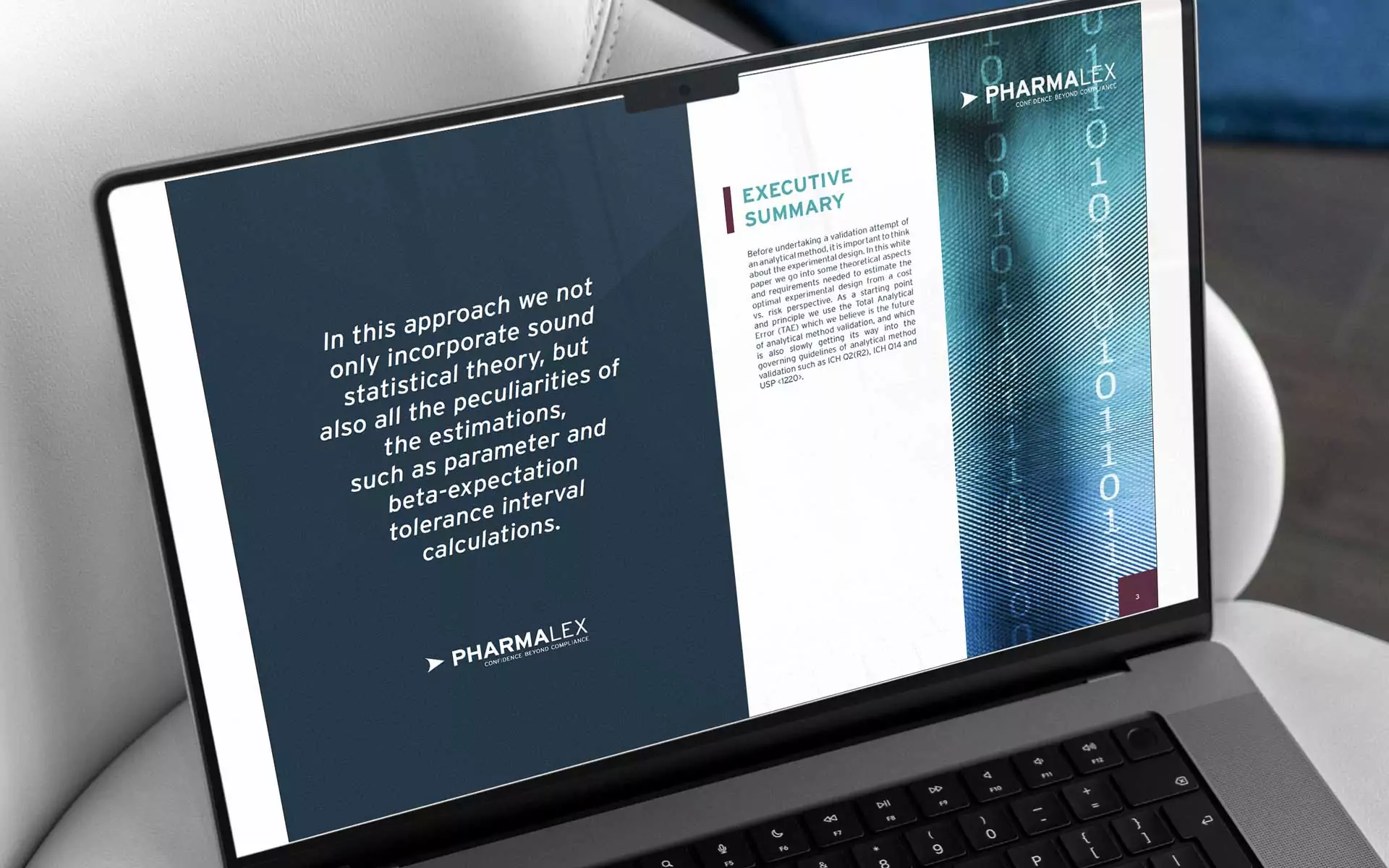Product development is a very long and complicated process that requires turning fundamental research into therapeutic targets and dealing with the many nuances involved in clinical research. All these activities are interconnected, and to successfully navigate them, innovators should ideally consider an integrated product development (IPD) approach.
Before embarking on an IPD initiative, we believe it is beneficial to conduct a gap analysis to determine where you are and what needs to be done – both to meet development goals and to achieve compliance with laws and regulations. This gap analysis can form the basis of a development plan.
While the development path is not linear, once a lead has been identified, the process begins with a proof of concept (PoC). A PoC has been defined as “the earliest point in the drug development process at which the weight of evidence suggests that it is ‘reasonably likely’ that the key attributes for success are present and the key causes of failure are absent.”[1]
Preclinical steps
Development begins at the preclinical phase, including in vivo and in vitro testing, toxicology, proof of efficacy and defining the mechanism of action. It’s crucial early on to initiate CMC (chemistry, manufacturing and controls) activities so the product is as close as possible to what will be used in humans. This is what is known as translational research, where the goal is to take those innovations defined in the proof of concept and translate them into in-human clinical studies.
Another area that needs attention is deciding which clinical research organization (CRO) and contract development and manufacturing organization (CDMO) will be right for your product. This can be particularly complex for advanced therapy medicinal product (ATMP) innovators since these require specific expertise[2].
This decision needs to be carefully considered with cost sensitivities in mind, while also weighing the risk that cheaper might be more costly if studies need to be repeated. While a more experienced CDMO could require a bigger outlay, if they save a developer time, that can result in cost savings longer term.
If possible, it helps to establish the target product profile (TPP) early in development to support the development plan, since this is the driver for everything that will occur once the product enters the clinical phase. The TPP clearly establishes the destination of the program.
It is also important to set out the regulatory roadmap for interaction with the health authorities. Meeting with the regulators early on to validate the development plan can help to uncover any issues and quickly address any gaps. The goal is to optimize the development steps to reduce the time it takes to get through preclinical research.
The clinical stage
Clinical development strategy should be established before first studies in humans begin. Results achieved during nonclinical studies can be translated into clinical studies supporting the trial design. That starts with pharmacokinetic/pharmacodynamic (PK/PD) modeling drawing on data from nonclinical so human subjects receive the right dose at the right time and according to the right plan.
The clinical trial should be designed and conducted based on the product and the target, for example, the use of innovative clinical trial designs, such as using Bayesian modeling for interpreting data and adaptive designs to allow modifications where necessary[3].
Having pharmacovigilance in place is a priority for clinical trials since this is when the drug will first be used in humans and safety monitoring and reporting is a primary focus for the health authorities.
Again, it is important to select the right CRO to conduct the trial and the right CDMO for product manufacturing.
Logistical planning is key to providing greater confidence that the product will be shipped safely and securely to the trial site. And throughout the process, it’s vital to have quality requirements top of mind, including considering the partner that will be support your product.
Thinking ahead
While most efforts tend to be directed toward regulatory considerations with nonclinical and clinical studies, it is advisable to plan your pricing and reimbursement strategy early on. Unfortunately, we have seen examples of promising products that have gone through the clinical trial process and received health authority approval but had their applications turned down by the health technology assessment bodies during the market access process.
Therefore, it is important to understand the market access landscape in every country you are targeting as early in the development process as possible.
I will join a panel discussion in San Diego on 2 June 2024, titled: From promise to reality, unleashing the next wave of biopharma breakthrough and overcoming commercial commercialization challenge. The session, organized by Cencora, is a satellite event ahead of the BIO Convention. I look forward to hearing about the challenges and successes companies have had and welcome any questions you may have about IPD.
About the author:
Dr. Christelle Boileau is IPD solution lead at PharmaLex. She joined PharmaLex three years ago and has focused on providing her expertise in drug development from the perspective of program management. Christelle has more than 20 years of experience in drug development, largely focused on fundamental and translational research.
[1] Proof of concept: a PhRMA position paper with recommendations for best practice, Clin Pharmacol Ther., 2010. https://pubmed.ncbi.nlm.nih.gov/20130568/
[2] Addressing the unique regulatory challenges of gene therapies, Lanucara F, Biopharma Excellence. https://www.biopharma-excellence.com/articles/addressing-the-unique-regulatory-challenges-of-gene-therapies/
[3] The Promising Future for Complex Innovative Trial Design in Clinical Research, Nepal J Epidemiol., March 2023. https://www.ncbi.nlm.nih.gov/pmc/articles/PMC10225021/








